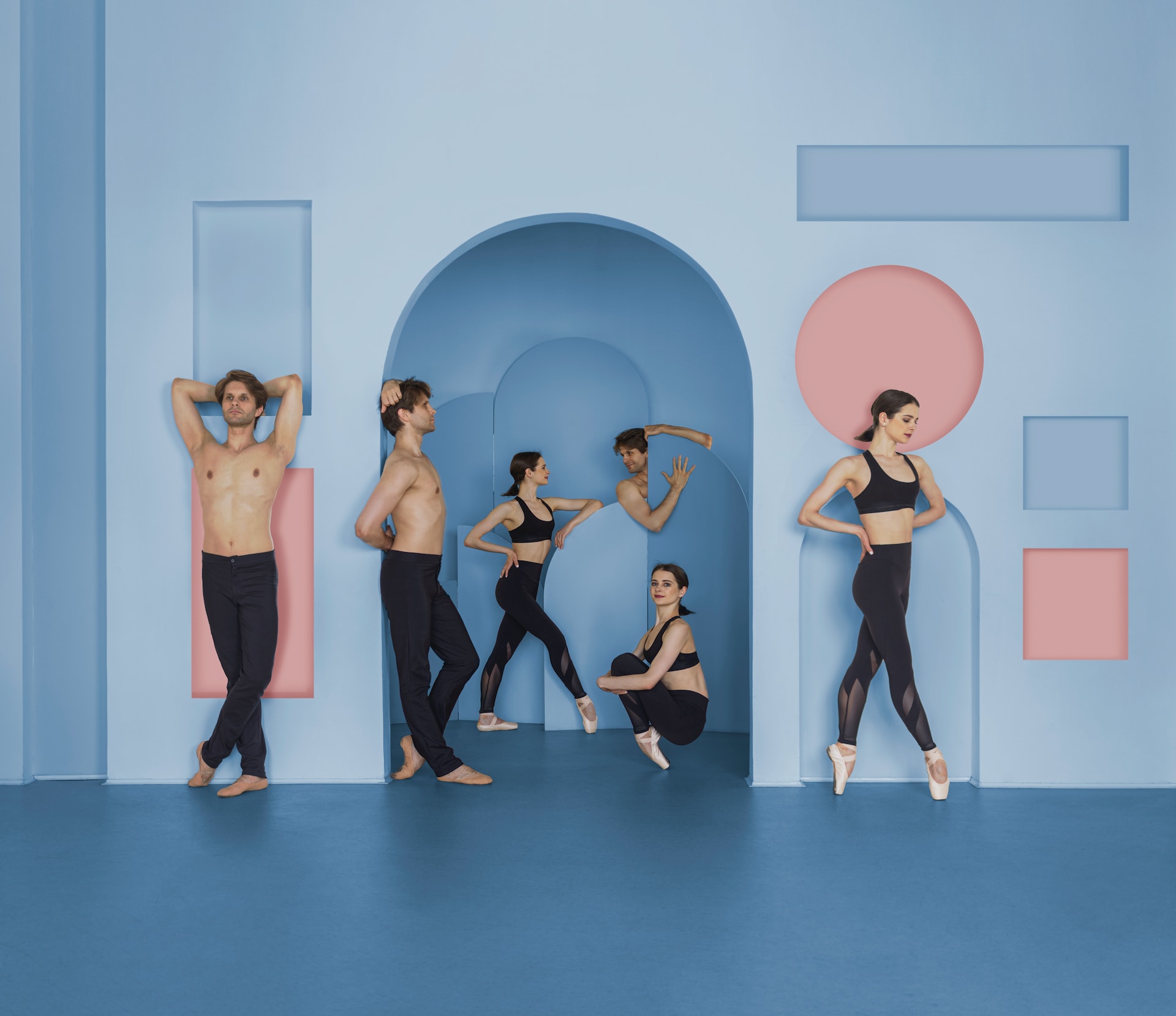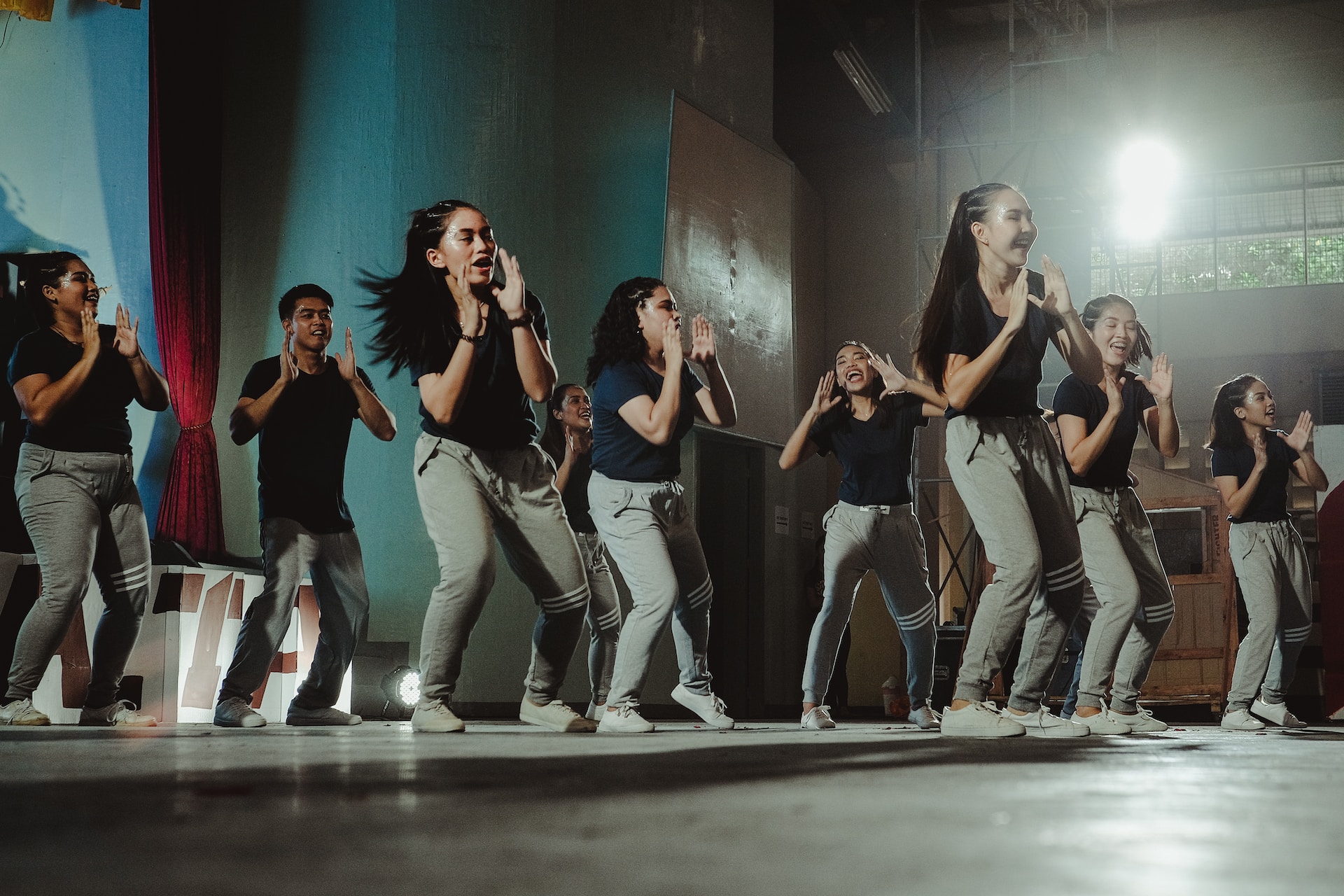The Art of Choreographing Your Own Dance by Yen Sze Chong
You may express yourself beautifully via movement by creating your own dance. It enables you to produce a one-of-a-kind work of art that expresses your individual sense of fashion and feelings.
The following advice can help you master the skill of creating your own dance choreography whether you are an expert dancer or just getting started:
Choose your music: Choosing the perfect music is the first step in creating your own dance choreography. Choose music that moves you and fits the atmosphere you wish to create. To obtain a sense of the song’s rhythm, tempo, and structure, listen to it numerous times.
Play around with movement: Begin by trying out various motions that come naturally to you. Try combining various steps, hops, and turns. Try new or unique things without hesitation.
Create a theme: Consider your dance’s topic once you have a general notion of the movements you wish to employ. Is it a love story, a tribute to life, or a lament for lost love? Use your movements to narrate a tale and express the feelings associated with your theme.
Establish a structure: After deciding on a theme for your dance, do so. Choose the dance’s beginning, middle, and end points. Consider your desired transitions between movements and your desired climax build.
Rehearse, rehearse, rehearse: Practice your dance until you feel confident and comfortable with the movements. Practice with a friend who can offer you feedback or in front of a mirror. Adjust as necessary, then keep practicing until you are happy with your performance.
Creating your own dance choreography can be difficult but rewarding. Don’t forget to stay true to your own sense of style and feelings, and don’t be afraid to explore new things and take risks. You may produce an exquisite and one-of-a-kind work of art that expresses your deepest emotions and thoughts with practise and devotion.

